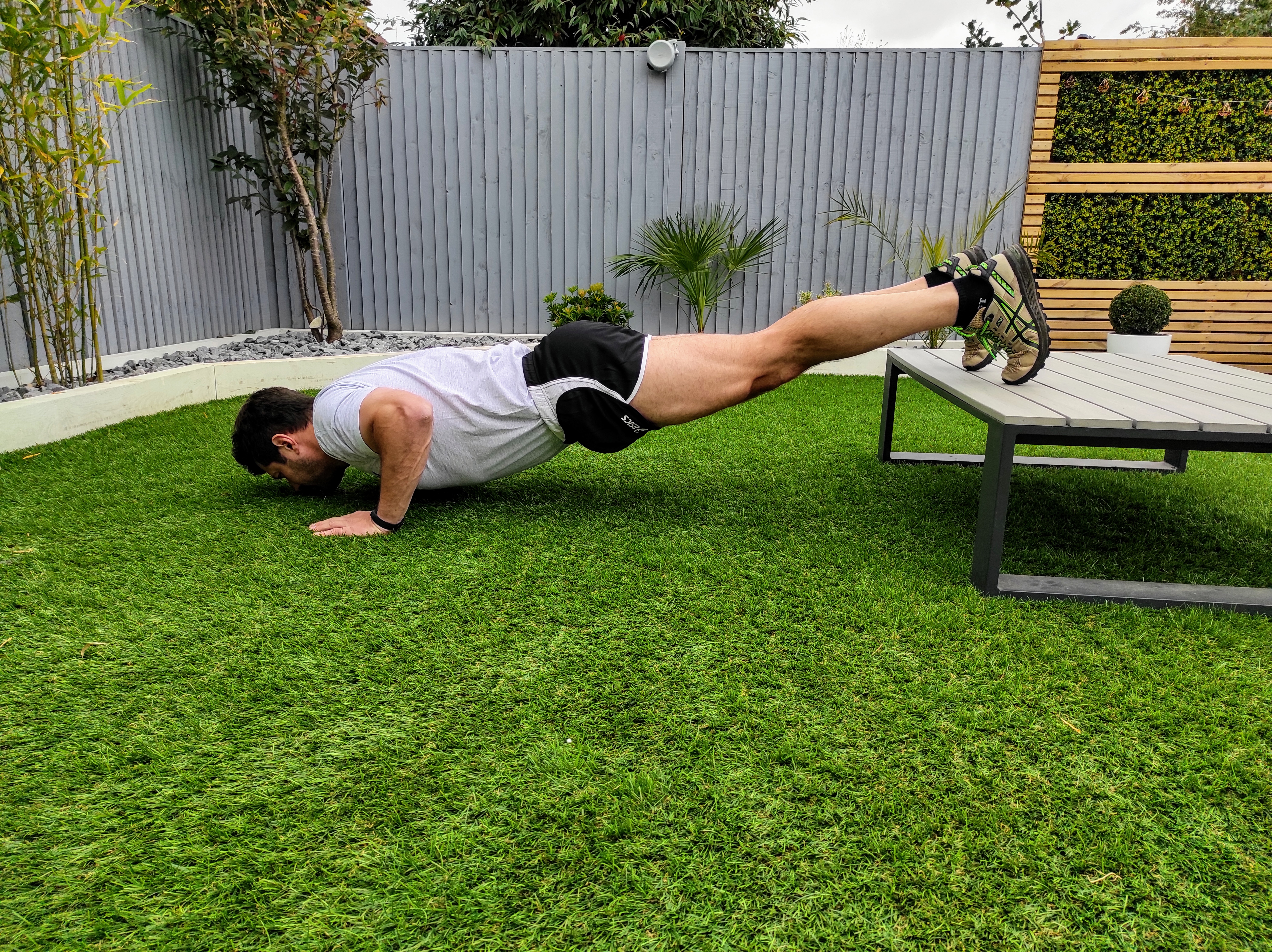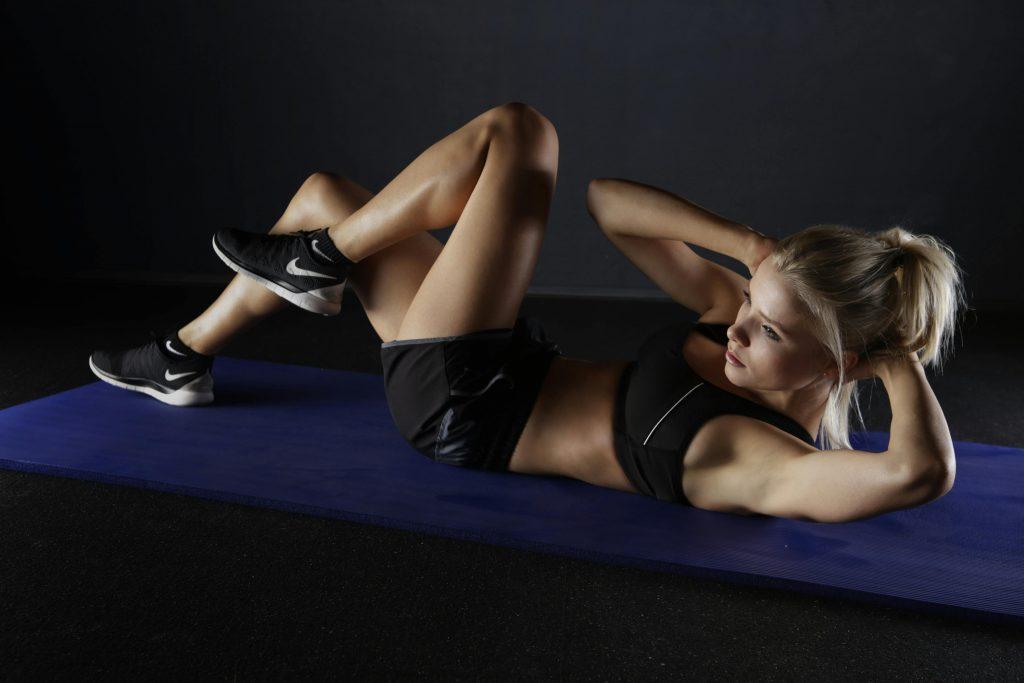If it has been a minute (or maybe even a year) since you have worked out, then you are in the right place. When it comes to starting a new workout or starting to work out again after taking some time off, it can be intimidating to figure out where you should begin. Plus, the great thing about a good workout is that you can do it anywhere. These steps to creating a solid workout don’t need a gym, you can follow these steps and get in a solid workout at home too, or even your local park.
To create a well-balanced workout one approach is to target the whole body and that is what we are going to be focusing on today.

4 Steps to Creating a Solid Workout
- Hinge
- Pull
- Squat
- Press
The idea here is that there are four main movement patterns your muscles work in: Hinge, Pull, Squat and Press. Working these four movement patterns into your workout will give you a nice full body workout in one go. Let’s break each of these movement patterns down. But first let’s define eccentric movements and concentric movements. An eccentric movement with your muscles means you are actively lengthening the muscles. Concentric movements (which are the opposite of eccentric) means you are creating tension as the muscle actively shortens.
Hinge
The hinge usually starts with the hips. The hip hinge movement is controlled by eccentric actions of your hamstrings and glutes. These muscles are actively lengthening to control the “bending forward” movement of the hip hinge. Hinge exercises include: deadlifts, kettlebell swings, bridges, and good mornings.
Pull
Pull exercises are strength training movements that involve a concentric contraction—a shortening of the muscle while moving two connection points closer together. Examples of pull exercises include the biceps curl, rows, and lat pull down.
Squat
You might have been able to guess, but squats are the opposite of hinge when it comes to muscle movement patterns. Squat exercises include: sumo squats, jump squats, and elevated split squats.
Press
And yes, press is the opposite of pull. Press exercises include: shoulder presses, chest presses, pushups, and military presses.
The idea here is to grab an exercise from each category. Move from one exercise to the next doing anywhere from 10-20 repetitions of each movement. Another way to attack this is to create supersets. This would mean pulling two exercises from each category. Completing the two exercises from each category for about 10-15 repetitions for 2-3 sets before moving to the next superset from another category.





